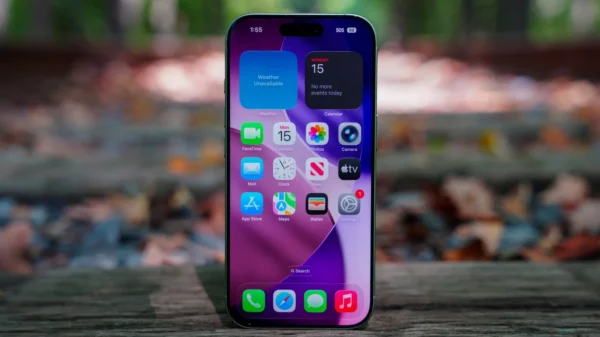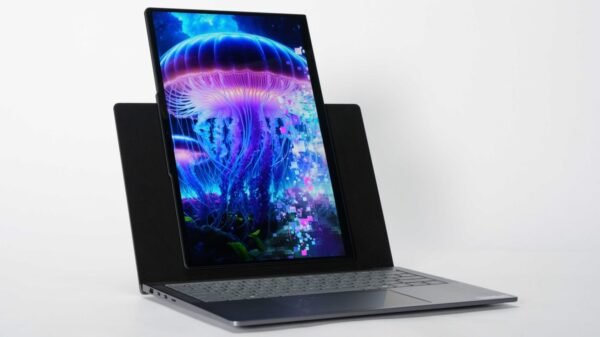5G Technology and its impacts
The next generation of cellular technology, or 5G, promises to provide enhanced connection, reduced latency, and quicker internet speeds. Concerns exist, meanwhile, about the possible harm that 5G might do to human health and the surroundings.
In many regions of the globe, 5G network deployment is still occurring, and acceptance of the technology is still in its infancy. This offers a chance to investigate the possible advantages and disadvantages of 5G and what it implies for customers.
On the other hand, 5G technology has a chance to provide customers with a number of important advantages. Faster upload and download rates, reduced latency, and better overall connection are a few of these advantages. This may result in enhanced streaming capabilities, more dependable connections, and greater support for emerging technologies like augmented and virtual reality.
Additionally, new applications and services in sectors like healthcare, public transit, and education are anticipated to be made possible by 5G. On the other side, there are worries about the possible harm that 5G might do to the environment and human health.
Because 5G signals have a higher frequency than earlier wireless technology generations, a greater amount of energy is absorbed by people’s bodies and the environment. Concerns have also been raised concerning the security of 5G networks, especially in light of our growing reliance on technology in our day-to-day lives and the possibility for hostile and bad actors to take advantage of security flaws in these networks.

Photo:
Reuters
Due to these factors, the establishment of 5G networks and consumer adoption of 5G technology is a dynamic, ongoing process. Consumers must be educated on the advantages and disadvantages of 5G technology as it becomes more widely accessible so they may choose whether and how to use it wisely.
What IoT Impact Will 5G Have?
The most modern cellular technology, known as 5G or fifth-generation wireless, is intended to make wireless devices faster and more responsive.
A new technology was given basic instructions by the International Telecommunications Union (ITU), which the Third Generation Partnership Project (3GPP) expanded upon and standardised.
While the first 5G standard, 3GPP Release 15, concentrated on improving mobile broadband (eMBB) to offer more capacity, faster throughput, and lower latency, it also defined the 5G New Radio (NR) technical foundation that would function as the foundation for subsequent developments.
A deliberate effort was made to expand the use of 5G in various industries by including additional capabilities in the 3GPP Release 16 update to the 5G standards. Release 16 includes enhanced ultra-reliable low latency communication (eURLLC) allowing milliseconds delays, time-sensitive networking (TSN) allowing timing-deterministic communications, and unlicensed spectrum (NR-U) with private network help for more adaptable deployments.
In addition, Release 16 adds high-reliability 5G geolocation, which enhances existing location services like GNSS and supports a range of 5G IoT use cases including asset tracking.
Additionally, 5G will successfully connect billions of Internet of Things (IoT) gadgets, including utility metres and environmental sensor devices, that are only moderately complex. These IoT devices often have minimal complexity, delay tolerance, and energy efficiency.

Photo: Reuters
There are many different applications for the Internet of Things (IoT) in between the very high performance (like IIoT) and very minimum complexity (like NB-IoT) mission-critical nodes that Release 16 started to address IoT needs at. In response, 3GPP Release 17 provides 5G NR-Light, which will offer increased efficiency to gadgets with less complexity, such as industrial photographic equipment, high-end gadgets, and entry-level smartphones.
IoT Devices on a 5G Cellular Network: Advantages and Disadvantages
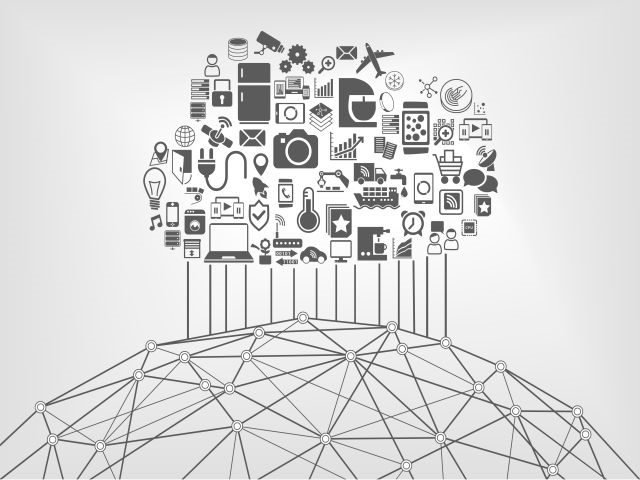
Photo:
CMSWire
The development of driverless vehicles, intelligent grids for renewable energy, and AI-enabled bots for use on manufacturing floors is being accelerated by the availability of 5G, which offers quicker, more dependable, and more secure connectivity. With the proper bandwidth, latency, and price choices, networks will be able to handle billions of connected devices as part of the expansive IoT ecosystem that is being unleashed. Let’s look more closely at these benefits:
- Making high-speed data transfer possible between devices
Any Internet of Things implementation’s profitability ultimately depends on its performance, which is established by how quickly it can connect to other IoT systems, tablets, phones, technology in the form of its website or app, and other software. The pace of data transmission will dramatically increase with 5G. It has been reported that 5G networks would actually be ten times faster than the Long-Term Evolution networks. This increase in speed will make it possible for Iot devices to communicate and share data more quickly than previously.
- Enhancing the dependability of networks
Aside from offering quicker connections, 5G connections will operate more consistently, increasing security and dependability. For any IoT, but especially for monitoring systems that depend on real-time updates, such as security systems, CCTV cameras, and other connected devices, reliable and stable connectivity conditions are essential. The ability of a 5G network to accommodate more connected devices would benefit users by increasing the reliability of diverse connected devices.
- Making the user experience better by reducing latency
The time elapsed between when an activity begins and when its answer is received is known as latency. Taking the time between clicking a link to a web page and the browser showing that website as an example. When compared to 4G LTE technology, latency will be significantly reduced by 5G networks. It might be less than 5 milliseconds, according to one experiment. Due to the reduced latency, real-time networking will be possible, supporting cutting-edge applications like the Internet of Things (IoT) and artificial intelligence (AI).
- Facilitating extensive IoT deployments
With up to 1,000X more capacity than 4G, 5G will provide a wide frequency range. It will be able to link a large number of internet-capable gadgets, including smartphones, sensors, and Internet of Things (IoT) gadgets, as well as concurrently manage a large number of high-demand applications. Large-scale implementation of more productive and user-friendly equipment is made possible by its cheap prices, high energy efficiency, and reliable coverage.
- Using network slicing to segment IoT use.
In order to supply specialised connections, consumers and manufacturers may deploy virtualized networks, also known as network slicing, thanks to 5G. In the case of an overload or catastrophe, establishing connection priorities and modifying latencies helps ensure network resilience. For example, the network may be designed in a hospital to give priority to connections between surgeons and robots rather than patient communications. As a result, even when the network is at its maximum capacity, emergency communications may still be protected.
The Health Effects of 5G on Consumers
Research and discussion on the effects of 5G technology on human health and the environment are continuing.
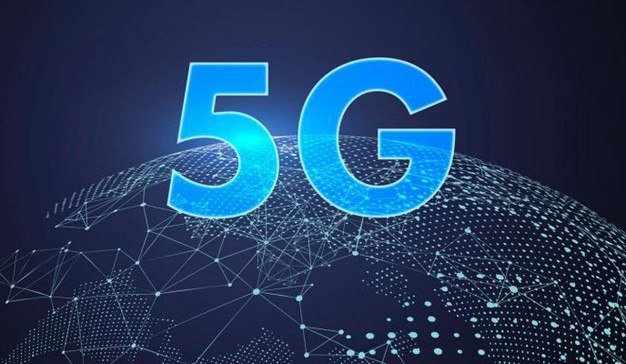
Photo:
HIT Consultant
Concerns about the possible negative impacts of 5G technology on health have been voiced, especially in relation to the non-ionizing RF (radiofrequency) radiation that is released by 5G antennas and devices.
According to some research, being exposed to this kind of radiation may raise your chance of developing cancer, having reproductive troubles, and having other health problems. It is essential to highlight that there is currently little and conflicting data supporting these effects.
The Environment and 5G
Environmental problems exist about the energy use and carbon impact of 5G networks. More devices and infrastructure are needed for 5G networks than for earlier wireless technology generations. Energy usage and emissions of greenhouse gases may rise as a result of this.
Additionally energy-intensive and potentially contributing to the exhaustion of renewable resources and the production of electronic waste, the manufacture of 5G technology devices and equipment.
It is essential to remember that there are still many unsolved issues about the effects of 5G networks on health and the environment. Some experts think the advantages of 5G, such better communication and enhanced productivity, will eventually exceed any drawbacks, while others think more study and legislative action are required to guarantee that 5G is implemented in a sustainable and safe way.
Overall, the influence of 5G network technology on health and the natural world is a complicated and multifaceted topic, and as the technology develops and is more widely used, it will be crucial to continue to carefully monitor and analyse the impacts.
5G in Africa
The situation with relation to 5G technology in Africa is still developing. Only a few countries on the continent have started rolling out 5G networks at this time, limiting the continent’s adoption of 5G technology. Since then, some of the continent’s major firms, including MTN, Vodacom, and Safaricom, have begun to roll out their 5G networks.
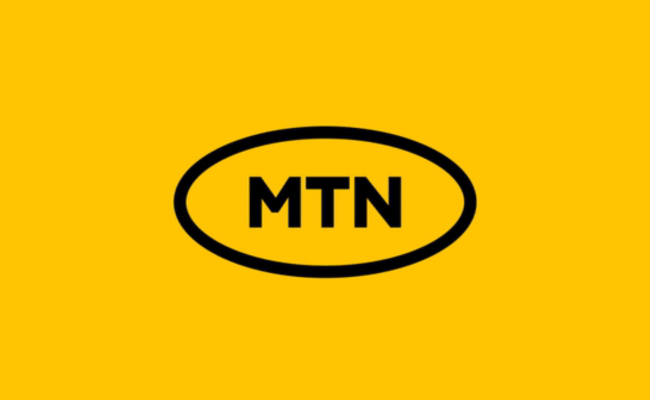
Photo:
Reuters
But there is a lot of interest in technology, and many African nations are looking into how 5G might benefit their citizens and businesses.
The lack of investments and infrastructure in the telecom industry is one obstacle for 5G in Africa. Developing 5G networks needs large infrastructure investments, and many African nations are having trouble finding the money necessary to implement 5G.
Concerns exist over the accessibility of 5G-capable consumer electronics, especially in less developed parts of the continent. However, this is altering as companies like Infinix, TECNO, Vivo, and even Xiaomi slowly but steadily expand their portfolio of 5G devices.
Despite these difficulties, there is a lot of potential for Africa to gain from 5G. The innovation has the potential to boost connection, encourage the creation of new services and applications, and promote economic expansion. It will be crucial to carefully weigh the possible advantages and disadvantages of the technology as the implementation of 5G moves forward and to make sure that it is implemented in a manner that promotes the people and companies of Africa.
The promises of 5G
The development of the Internet of Things (IoT) is anticipated to be significantly aided by 5G technology. The Internet of Things (IoT) is the increasing network of physical objects like cars, appliances, and other household things that include connections, electronics, and software that enable them to gather and share data.
IoT growth can be supported by 5G thanks to its faster speed, reduced latency, and greater capacity compared to earlier wireless technology generations. The ability to link billions of devices and items is anticipated to open up new possibilities for automation, data collecting and analysis, and the development of new goods and services.
In addition to the Internet of Things, 5G is anticipated to boost a variety of other sectors and uses, such as:
Virtual and Augmented Reality: 5G’s fast speed and low latency make it perfect for enabling augmented and virtual reality apps, giving consumers a more realistic and interactive experience.
Health: Telemedicine and remote monitoring of patients might be supported by 5G, allowing medical practitioners to offer treatment and care from a distance.
Transportation: 5G technology has the potential to enable the development of connected vehicles, self-driving automobiles, and smart transportation networks, allowing safer, more effective, and more environmentally friendly travel.
Automation of industrial processes: Industry 4.0 has the potential to be supported by 5G, allowing for automated operations of manufacturers and other industrial processes while also boosting productivity and efficiency.
Gaming: 5G might offer cloud gaming, allowing people to play top-notch games on their mobile devices without a console or powerful PC.
These are just a few of the many possible uses and advantages of the 5G network, which is anticipated to significantly alter and enhance a variety of sectors and aspects of our life.
So, in 2023, how will that Promise look?
The benefits of 5G technology are just beginning to materialise. The development of 5G networks is progressing rapidly in an increasing number of nations and areas, and 5G-capable devices are becoming more widely accessible to customers. The introduction of the fifth generation of wireless networks remains in its early phases, and there are still numerous difficulties and restrictions.
Some early adopters of the technology have already reported enhancements in speed, capacity, and the latency compared to earlier generations of wireless technology, which speaks to the advantages of 5G. For instance, 5G is making it feasible for higher download and upload rates, making it easier to utilise bandwidth-intensive services like streaming video. Additionally, the expansion of the Internet of Things is being supported by the ability of 5G networks’ increased capacity to connect more objects and devices to the network.
Overall, despite the fact that the potential of 5G technology is beginning to be partially realised, there is still much more that needs to be done. It will be crucial to carefully weigh the advantages and disadvantages of the technology when 5G is rolled out in order to make sure that it is implemented in a manner that serves society as a whole.
Principal Internet of Things Use Cases for 5G in 2023
The following sectors of IoT deployment will see the largest changes in 2023 as 5G networks become more widely adopted:
- Smart homes and cities
Fitness applications, smart homes, and IoT devices that link with watches and phones are all the rage right now. Given the current, widespread reliance on cellular IoT, the 5G future will be completely distinct in 20 years. Driverless car adoption will increase, and utility services like rubbish collection will be automated. There will also be a rise in the use of smart infrastructure and environmental monitoring to reduce pollution and greenhouse gas emissions.
- Utility operations and intelligent grids
The need for electricity is growing right now. The technical solutions to this issue include smart grids and virtual power stations. The inclusion of real-time management and mechanisation of the smart electrical grids is made possible by 5G. Maintenance will become more efficient if we start recognizing issues early and provide solutions.
Since 5G has a faster deployment rate and lower deployment costs than wired alternatives, it is well-liked. Since new sensors, control systems, and renewable energy sources are becoming more prevalent, utility operators are gradually integrating them into their networks.
- Video monitoring and national security
Another IoT application targeted at 5G that is expected to take off is video surveillance. The government is prepared to invest in public surveillance and security measures in view of recent events on a global scale. At the moment, video surveillance systems rely on wired connection, but the advent of wireless networks may hasten installation, lower costs, and boost connectivity and performance over wired systems.
Conclusion
Utilising 3GPP international standards, 5G, a global technology, is continuously deployed. It was developed to provide interoperability and support for the IoT, and it is continually changing as standards that have been widely accepted continue to be improved. Releases 15 and 16 of the 3GPP standards, in addition to 4G, will provide more support for Internet of Things devices with 5G features, such as ultra-security, reliability, and low latency.
Additional 5G developments, such as network slicing, secure networks, and the fifth-generation (5G) core, will aid in realising the goal of a global IoT network that can support a wide variety of connected devices. The fast mainstreaming of 5G and rising IoT use are expected to kick off this whole process in 2023.









